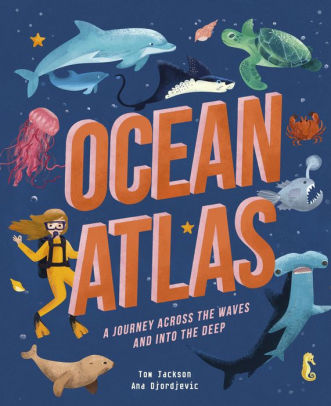
Gr 2–6—In this guide to the Earth's oceans, Jackson covers a wide variety of topics, including food chains and global warming. Many of the brightly illustrated pages feature maps and diagrams. Photographs highlight unusual creatures and fascinating aquatic elements, such as coelacanths, gulper eels, and hydrothermal vents. Readers interested in biology will appreciate details about the various zones as well as information about the living conditions within the different ecosystems. Exploration equipment ranging from scuba gear to remotely operated vehicles (ROV) is shown, along with less familiar items (diving bells and bathyscaphes). Jackson also offers sections on continental drift, the possibility of microbial life in the oceans underneath the surfaces of Jupiter's moons, and the relationship between the oceans and the weather. The text and maps emphasize the connection between all the oceans and seas, and the interdependence of humanity and the watery portions of the world. Whether readers want to learn about the techniques used to map the ocean floor or the unique fauna of the Galápagos Islands, this book will appeal to those eager to devour knowledge about the Earth's oceans. VERDICT A fact-filled and colorful addition to collections; great for STEAM tie-ins.
My review was first published by School Library Journal in July 2020.
No comments:
Post a Comment